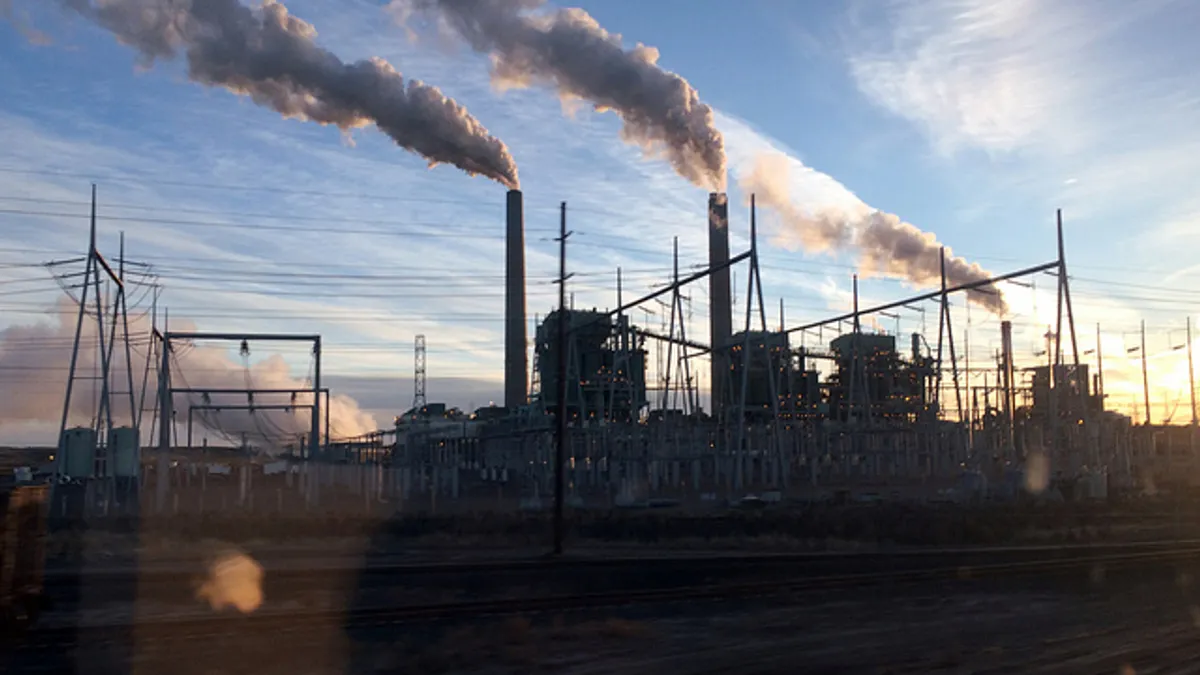Dive Brief:
- The grid operator for much of the Midwest believes it can meet the requirements of the Clean Power Plan through the strategic dispatch of existing and planned resources through 2025, RTO Insider reports.
- A MISO official told state regulators earlier this month that “we believe we can use the new resources coming online and existing resources to reach compliance."
- The cost of compliance will largely hinge on the cost of natural gas, which has been low in recent years. But incremental price increases can have a large impact, and MISO compliance costs could range from $5.8 billion on up to $104 billion, with gas prices modeled between $2.30/MMBtu and $6.30/MMBtu.
Dive Insight:
MISO's vice president of government and regulatory affairs spoke to representatives from Arkansas' Department of Environmental Quality and Public Service Commission, explaining that the 15-state grid will likely be able to comply with new environmental regulations absent any new resources.
According to RTO Insider, David Boyd told regulators from the two agencies that “it looks like we can be compliant as a region through 2025, primarily through dispatching energy."
MISO is currently engaged in a three-tranche assessment of the CPP's impacts, with the near-term analysis expected to be complete in February. A long-term analysis of the environmental regulations is due in late 2018.
Analysis last year found natural gas prices would be the biggest cost variable. MISO considered coal retirements from 7 GW to 28 GW, and CO2 costs from $10 to $100/short ton. Renewable standards were considered at the existing 14% level of penetration in MISO, as well as 20% and 30%.
Coal retirements may be easing, as the least and most expensive combinations that closed in on prescribed targets both called for no additional coal retirements. The higher-cost option leaned more heavily on energy efficiency in a climate of expensive natural gas.
MISO is far from alone in reconsidering the way its existing plants — especially baseload coal and gas generation — are dispatched and cycled. At a meeting of state utility regulators in November 2015, representatives from Midwestern and Southern utilities, as well as an executive from grid operator PJM, told audience members that the Clean Power Plan is combining with market trends to transform the definition of baseload generation and push power providers toward a model of grid management where cycling fossil power plants are used to support a growing penetration of intermittent renewable resources.















